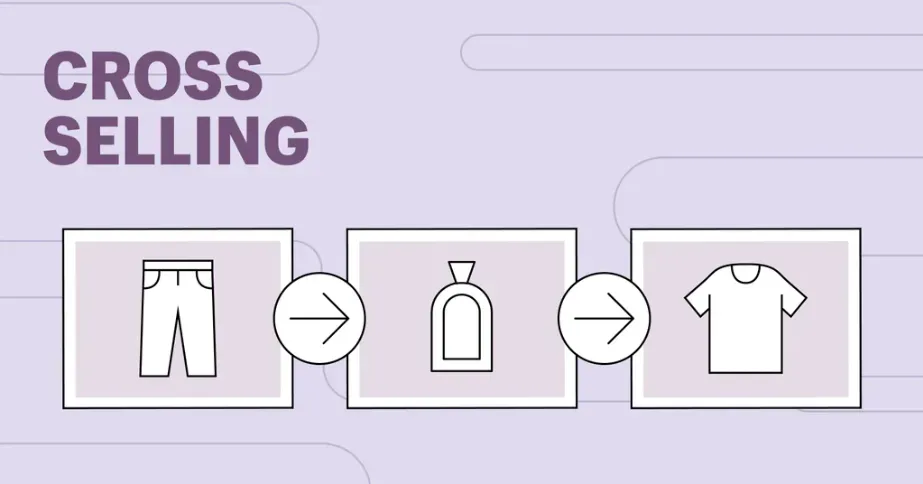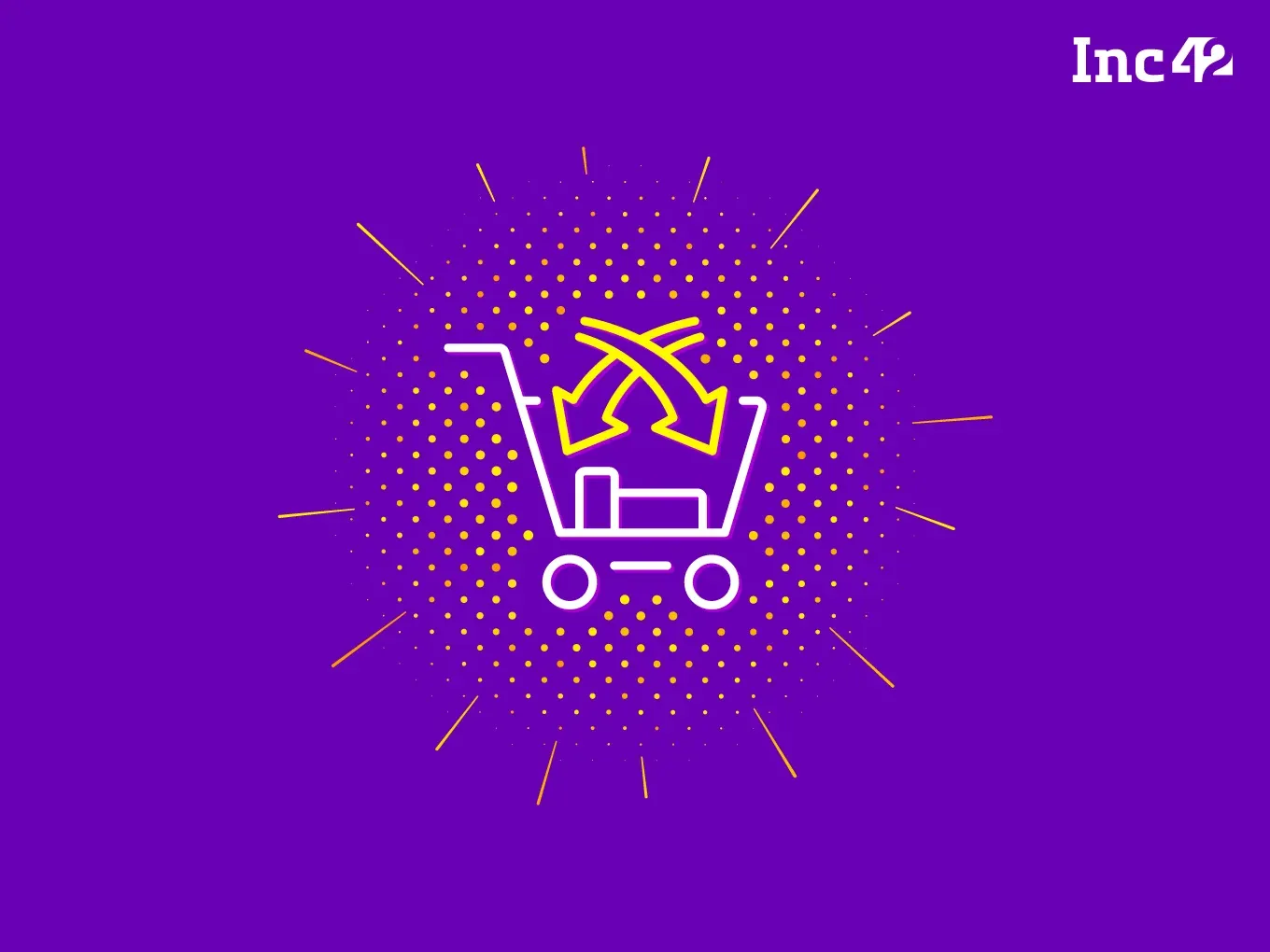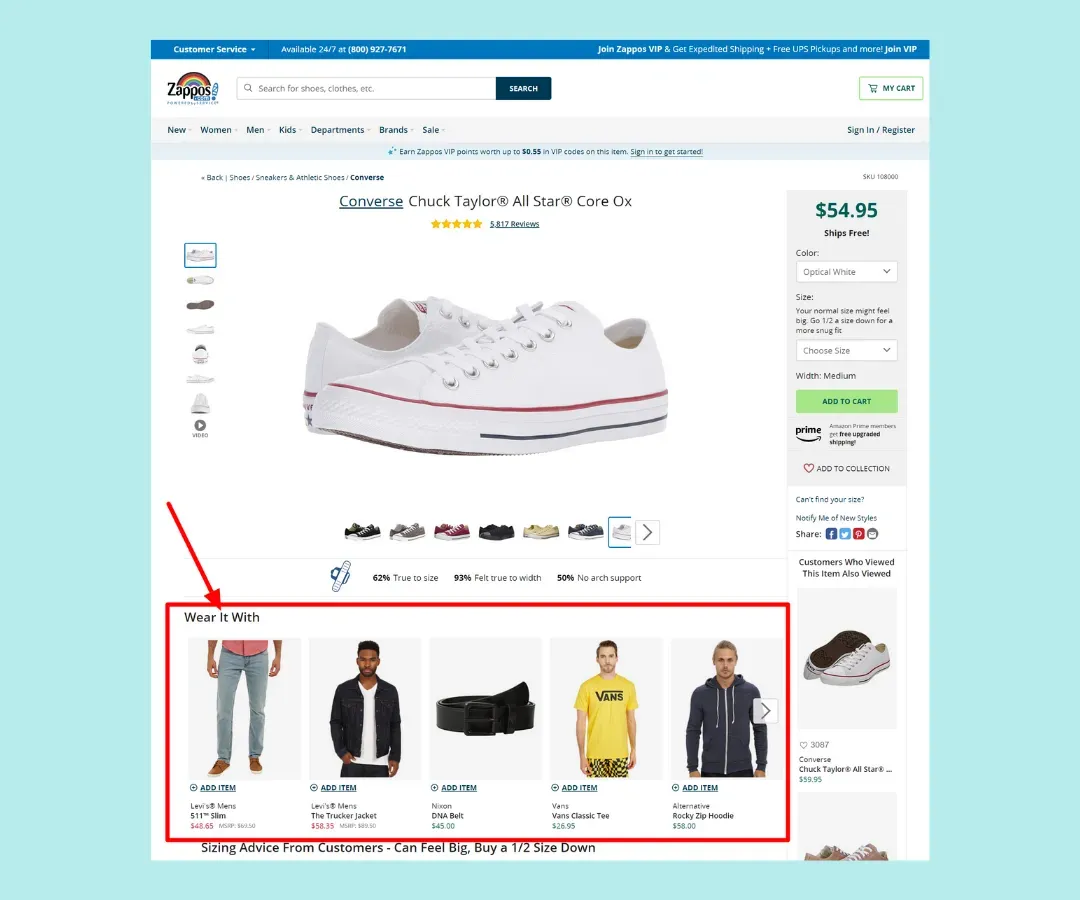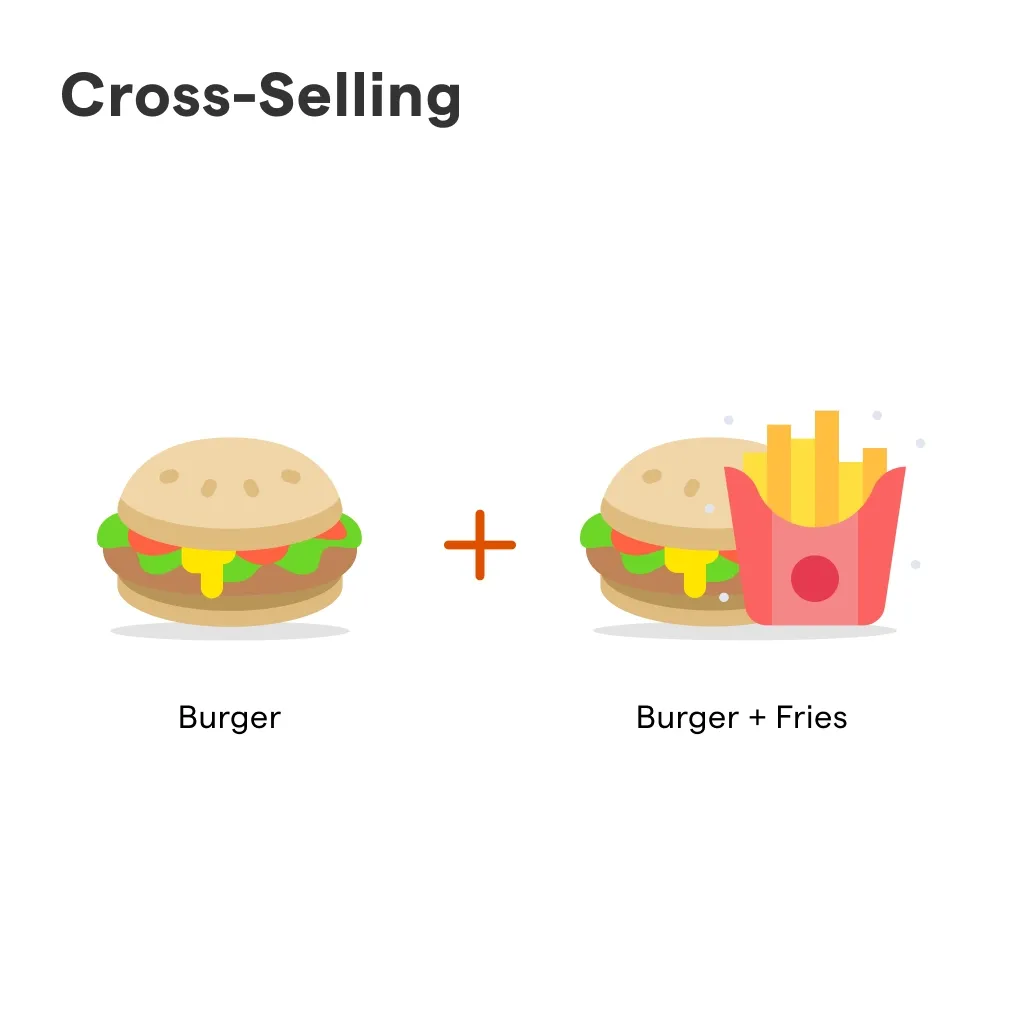What is Cross-Selling?
Cross-selling is a sales technique used by businesses to sell additional products or services to existing customers, like offering you fries with your burger.
The Driving Principle
The customer who already uses a product or service is more likely to buy associated items. Think of it as being more likely to buy a cricket bat if you already own cricket balls.
The Objective
Like arranging each piece of a puzzle to see the complete image, the final goal of cross-selling is to increase the customer's spending without acquiring new customers.
The Significance of Cross-Selling
Let's explore why cross-selling weighs as much as the foundation of a building, vital yet often unseen.
Improves Customer Lifetime Value
One of the key advantages of cross-selling is that it helps businesses increase the customer's lifetime value, similar to adding more pages to a book. The more a customer purchases, the higher their value to the business.
Enhances Customer Satisfaction
When done effectively, cross-selling can lead to higher customer satisfaction. It is like pairing a good dessert with your meal - the right combination leads to an overall enjoyable dining experience.
Strengthens Customer Relationships
Cross-selling creates opportunities for businesses to engage more deeply with customers. You can compare it to spending more time with a friend, which strengthens the bond.
Mastering the Art of Cross-Selling
Like learning to ride a bicycle involves mastering balancing, steering and pedaling, mastering cross-selling involves nailing several aspects.

Right Timing
Cross-selling is most effective when the timing is right, much like planting seeds at the start of the monsoon for a good harvest. Offering related products or services when the customer is already buying or using something is the best time.
Product Relevance
The products or services offered should be relevant to the customer. It's like recommending a detective novel to someone who enjoys mystery stories.
Not Overselling
Cross-selling should not come off as aggressive selling, otherwise, it may put off the customer. It's like enjoying music at a pleasant volume that doesn't hurt your ears.
Strategies for Successful Cross-Selling
Imagine the strategies as the ingredients of a recipe that leads to a delicious dish. Combine them well for the most fruitful outcome.
Training the Sales Team
Effectual cross-selling requires a well-trained sales team. It's similar to how an orchestra requires well-practiced musicians for a beautiful concert.
Using Technology
Businesses can use technology like AI and machine learning to predict which additional products or services a customer might be interested in, akin to how a weather forecast predicts the possibility of rain.
Providing Incentives
Offer incentives to motivate customers to buy additional products or services, like a sweet after a meal that entices you to finish your food.
Common Roadblocks in Cross-Selling
Every process has potential pitfalls, and cross-selling is no different. It's best to be aware, just as a driver must know the route's potholes to avoid.

Misunderstanding Customer Needs
One common challenge is not understanding the customer's needs or interests well. It's like a teacher teaching calculus to a student struggling with algebra - it won't work.
Inappropriate Timing
Approaching customers at the wrong time can backfire. It's similar to trying to converse with someone when they're busy - it's likely they won't respond well.
High Pressure Tactics
While it's important to encourage customers to buy more, pushing too hard might irritate them. It's like being nagged by a salesman when you're just browsing - not pleasant.
Evaluating the Success of Your Cross-Selling Efforts
Once you've implemented your tactics, it's time to assess the results, just like marking students after a test.
Sales Figures
If there's a noticeable increase in sales figures after your cross-selling efforts, that’s a positive sign. It's akin to feeling healthier and more energetic after starting a new diet.
Customer Feedback
Customer feedback is also important to measure success. It's like understanding the effectiveness of a charity by noting the difference it makes in people's lives.
Customer Retention
If customers continue to buy more and stay loyal to your brand, your cross-selling efforts can be counted as successful, similar to students sticking around with a good teacher.
The Future of Cross-Selling
Just as the waters of a river are ever-changing, so is the domain of cross-selling. Let's glimpse into the future.

Rise of Technology
Technology will continue to play an increasingly prominent role in cross-selling, like modern equipment in a mechanic's workshop. This will make cross-selling more effective and efficient.
More Personalized Offers
Cross-selling in the future will be about offering highly personalized combinations, like a playlist that suits your mood and preferences, making it even more compelling for customers.
Attention to Ethics
As businesses become more aware of ethical issues, there will be more attention on cross-selling in a customer-friendly and respectful manner, similar to how a parent guides without pressuring their child.
Frequently Asked Questions (FAQs)
What makes cross-selling different from upselling?
Cross-selling involves recommending related or complementary products, whereas upselling persuades customers to purchase a more expensive version of the chosen item. Both strategies aim to increase the transaction value but approach it from different angles.
How does cross-selling benefit customer satisfaction?
Well-executed cross-selling can significantly enhance customer satisfaction by providing customers with products that add value to their initial purchase, making their overall shopping experience more comprehensive and tailored to their needs.
Can cross-selling strategies be automated?
Yes, cross-selling strategies can be automated through the use of AI and machine learning algorithms. These technologies analyze customer data and behavior to suggest personalized product recommendations at the right touchpoints.
What role does customer data play in effective cross-selling?
Customer data is crucial for effective cross-selling as it provides insights into customer preferences, purchase history, and browsing behavior. This information enables businesses to make targeted, relevant product recommendations that meet the customer’s needs.
How do you measure the success of cross-selling efforts?
The success of cross-selling efforts can be measured using metrics such as the increase in average order value, conversion rates of recommended products, and overall customer lifetime value. Monitoring these metrics helps determine the effectiveness of cross-selling strategies and guides future improvements.

